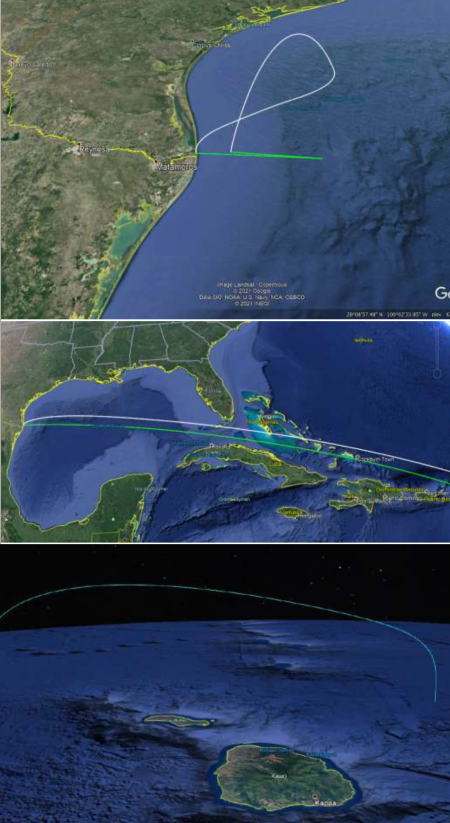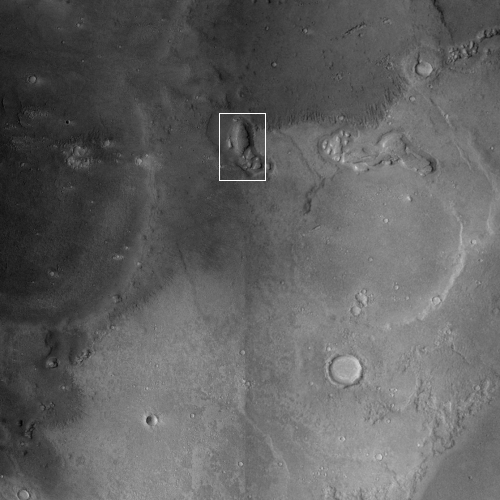Today’s blacklisted American: The Spectator magazine, by Google’s YouTube and Vimeo

Doesn’t exist at Google, YouTube, or Vimeo.
They’re coming for you next: Simply because an interview by The Spectator with Trump lawyer John Eastman discussed the many indications of election fraud and vote tampering in the November election, both Vimeo and Google’s YouTube decided that the video needed to be banned, forever.
YouTube said that the video violated its policy on misinformation. When the Steamboat Institute attempted to post the video under a different title, YouTube removed it again and revoked Steamboat’s ability to post videos for a full week. Vimeo also removed the video, saying that they ‘do not permit content that seeks to spread false or misleading information about voting.’
Steamboat was finally able to upload the interview to the Canadian video platform Rumble. You can watch it here and decide for yourself if this video is as dangerous as Big Tech claims.
As usual for these big tech censors, they cite no specific examples of “false or misleading information” expressed during the interview. They just claimed it existed, and banned everything.
It is important to also understand that the interviewer, Amber Athey, repeatedly pressed Eastman about his statements and position. The goal was not to allow him to simply sell his position, but to provide the viewer a legitimate discussion of the facts, pro and con, and thus allow that viewer the ability to decide for themselves whether Eastman’s concerns about the election have some merit.
This however is not good enough for YouTube or Vimeo. And they banned this Spectator interview at the same time they allowed with no complaints far more egregious lying and misinformation being spread by Democrats and leftists on their platforms:
» Read more

Doesn’t exist at Google, YouTube, or Vimeo.
They’re coming for you next: Simply because an interview by The Spectator with Trump lawyer John Eastman discussed the many indications of election fraud and vote tampering in the November election, both Vimeo and Google’s YouTube decided that the video needed to be banned, forever.
YouTube said that the video violated its policy on misinformation. When the Steamboat Institute attempted to post the video under a different title, YouTube removed it again and revoked Steamboat’s ability to post videos for a full week. Vimeo also removed the video, saying that they ‘do not permit content that seeks to spread false or misleading information about voting.’
Steamboat was finally able to upload the interview to the Canadian video platform Rumble. You can watch it here and decide for yourself if this video is as dangerous as Big Tech claims.
As usual for these big tech censors, they cite no specific examples of “false or misleading information” expressed during the interview. They just claimed it existed, and banned everything.
It is important to also understand that the interviewer, Amber Athey, repeatedly pressed Eastman about his statements and position. The goal was not to allow him to simply sell his position, but to provide the viewer a legitimate discussion of the facts, pro and con, and thus allow that viewer the ability to decide for themselves whether Eastman’s concerns about the election have some merit.
This however is not good enough for YouTube or Vimeo. And they banned this Spectator interview at the same time they allowed with no complaints far more egregious lying and misinformation being spread by Democrats and leftists on their platforms:
» Read more







